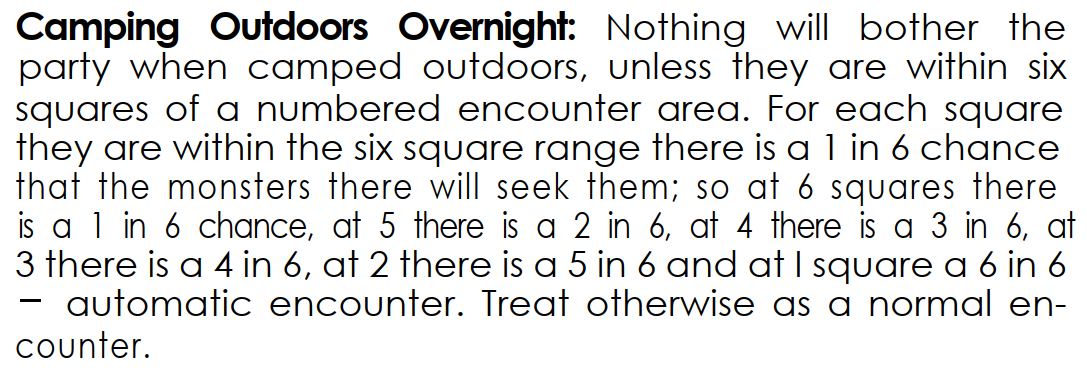Yes - so as mentioned in the piece, basically in US law you have two broad categories of law (at least you can break it down this way):
Say you want a Civil Harrassment Restraining order in California. First you look up how to get one. The how is Procedural law:
The California Code of Civil Procedure § 527.6 covers it.
I won’t copy it here, but you need to file a certain form at a civil court and make certain allegations in a declaration. The court reads your declaration and decides if they meet the substantive standards of the tort of civil harassment well enough to issue a temporary order and set a date for a hearing on a longer order (note this is an example I have 10 years of experience working with so I can do a quick rundown easily, but it’s also a highly truncated procedure with very quick response and results - an easy one set up for non-lawyers really - also get a lawyer if you need one)
The Procedure tells you what the timelines for the response are, how you have to notify the person you want protection from, how long before the hearing, what order various decisions, temporary orders, and hearings occur in. It’s all freaking codified … down to how long your declaration can be (not necessarily in the Code - there’s local and specific courtroom rules as well - once had a probate court that insisted certain forms be on blue paper, it was just the judge’s whim for record keeping, but if you used white or green paper your shit wasn’t getting filed).
When that hearing happens though or when the judge is making the decision to issue the temporary order they are going to look at the facts (or alleged facts) to determine if you are claiming harassment that meets the Substantive elements of Civil Harrassment - which for reasons are the same mostly as the elements of criminal harrassment as described in CA Penal Code § 646.9 (stalking), § 240 (assault), § 214 (battery) - several other penal codes, and/or Code of Civil Procedure § 527.6.
When actual violence is lacking It most commonly amounts to a credible threat of violence. To get the order you have to prove someone made a threat, that it was credible, and that it was violent. These also all get sub definitions, and there’s another way to prove it that’s also substantive law (basically repeated, intentional, targeted, obnoxiousness).
The distinction useful for games I think is the idea that Procedure is about what happens in one area (in court/or to prepare for it) and Substantive Law/Mechanics is what governs what’s allowed everywhere else (Out in the world when yer doing crimes say).
So for games the Procedure is what happens at the table and the mechanics are what happens in the game world. When I roll to hit the goblin with my sword, and all the stuff that decides it’s time to do it is Procedure. The roll I make to hit the goblin is a mechanic.
If I only have the rule “Roll a D20 higher then 10 to hit a goblin with a sword” I’m going to have to decide what kind of game I have. Is goblin swording the sole activity or perhaps a last resort when goblin backrubs fail? What do I do if I’m not feeling swordy?
So games where procedure is not codified risk the players tables deciding what the goals and are and how the mechanics fit together? It gets weird. It doesn’t work.
Like if I ring a judges doorbell and tell them that my neighbor made a credible threat and I want the judge to protect me. Might work in ancient Rome if the judge was my patron, but in the US, I’m likely to get arrested.
